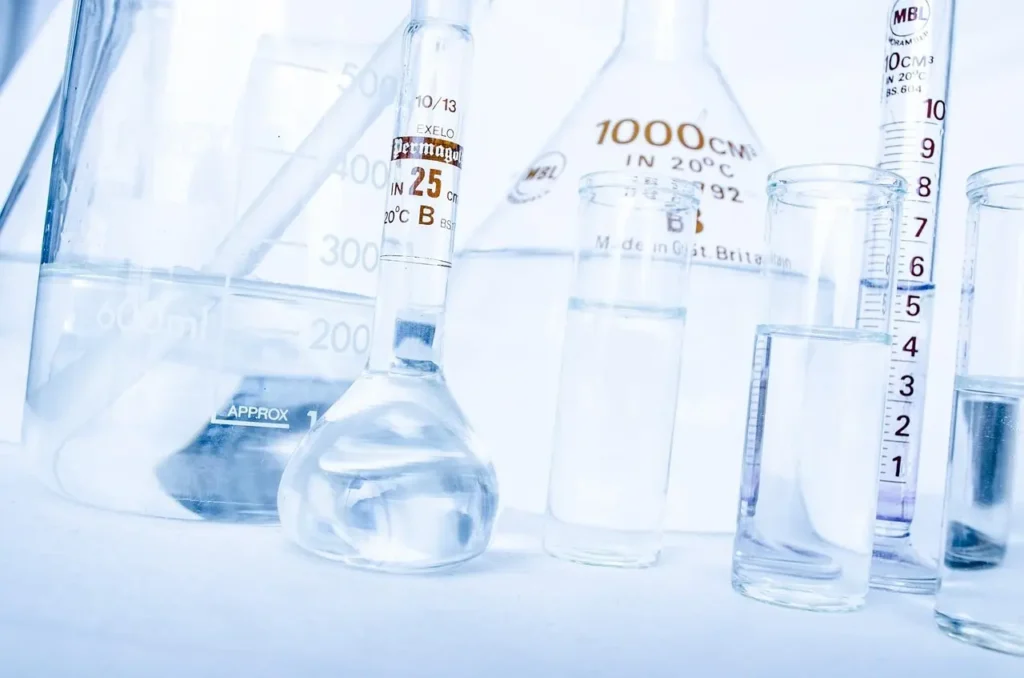Worried you’ll burn through your funding before you find product-market fit?
You’re not alone. Founders at Seed and Series A stages face one of the toughest balancing acts in early-stage science: how to build a high-functioning lab without lighting their limited capital on fire.
Instrument purchases are often among the largest non-payroll expenditures during the first 12 to 18 months. While high-end instrumentation is necessary to generate data, validate the product, and advance R&D, it’s also a fast way to compress your runway. This is especially true if you make these purchases before revenue, clinical progress, or regulatory milestones are in place.
Fortunately, there’s a better approach: one that helps you scale smartly while protecting your runway.
This article explores how early-stage scientific startups can acquire the lab infrastructure they need without eroding capital too quickly – through smarter sequencing, milestone alignment, and capital deployment models designed to support long-term success.
The Pre-Product Market Fit Funding Paradox
The Seed and Series A stages are uniquely precarious. You’ve raised a meaningful amount of capital – but it still must cover everything: hiring, product development, compliance, IP, customer discovery, and infrastructure. Unlike later-stage companies, you’re likely pre-revenue and still validating core hypotheses.
In this environment, large capital expenditures can introduce unnecessary risks. When you invest too heavily in fixed assets too early, you limit your flexibility:
- For example, you reduce optionality if priorities shift due to customer feedback or new data.
- In addition, you lose leverage in future negotiations if cash is scarce but milestones are incomplete.
- And if milestones fall behind, you may invite dilution if you have to raise again before hitting critical inflection points.
According to a 2024 Crunchbase survey of US Companies, startups today are taking 2–3 years to move from Series A to Series B – longer than at any point in the last decade. That extended timeline can squeeze runway, making strategic financing like equipment leases even more vital.

What Lab Equipment Really Represents: ROI vs. Ownership
When deciding whether to purchase, lease, or finance instrumentation, it helps to ask a better question:
What return will this piece of equipment deliver over the next 6 to 12 months?
In practice, most early-stage companies need lab equipment to achieve key outcomes, such as:
- Generate meaningful, publishable data
- Run proof-of-concept or prototype validation
- Meet preclinical or regulatory thresholds
- Support grant or investor reporting requirements
Rather than viewing these as fixed costs, it’s more useful to ask what value they generate.
Each of these can be tied to an outcome or milestone. So instead of treating lab equipment like a one-time sunk cost, it should be viewed as part of a broader ROI equation.
For example:
- An LC/MS system might enable testing protocols that secure a pilot contract.
- A thermal desorption system might unlock grant eligibility or method validation.
- A second GC-FID might support faster turnaround and position your lab as a commercial partner.
If the value of the milestone exceeds the cost of the system – this is good news. But the timing of that investment matters just as much as the outcome.
Avoiding Front-Loaded Burn: Three Common Mistakes
To avoid these capital pitfalls, founders at Seed and Series companies should watch out for three common mistakes that can drain funds prematurely.
1. Buying Too Much, Too Soon
It’s tempting to plan for scale, especially when space is available or long lead times are expected. But outfitting a lab for five years of growth on day one is a luxury few early-stage companies can afford. Focus on the minimum viable setup needed to hit your next inflection point.
2. Tying Up Capital in Fixed Assets
Unlike headcount or software tools, physical lab equipment doesn’t scale linearly with your milestones. Worse, it depreciates quickly. Financing or leasing helps align the cost curve with actual utility, allowing you to conserve capital for people, IP, or demand generation.
3. Failing to Revisit Priorities After Closing a Round
What makes sense in your investor pitch deck may not hold up three months later. New data, feedback from early customers, or unexpected hires can shift your operational needs. Don’t treat capital allocation as static. Reassess frequently.
The Case for Financing: Flexibility Without Compromise
This is where flexible financing models can provide a strategic advantage.
Financing instrumentation might seem like a tactic reserved for underfunded teams, but that mindset is outdated. In fact, founders who finance often do so because they have access to capital and want to use it more strategically.
Key advantages include:
- Runway Preservation: Instead of dropping $300K upfront on analytical instrumentation, you can spread payments over 24 to 36 months, keeping that capital available for talent or experimentation.
- Milestone Alignment: Match your instrument costs to expected project revenue, validation studies, or regulatory targets.
- Speed to Deployment: Many financing arrangements can be approved within days, enabling faster lab setup than waiting for PO approvals or deferred CapEx planning.
- Upgrade Flexibility: Technology evolves, and your needs might too. Flexible leases allow you to upgrade or exchange systems as your protocols or capacity requirements change.
- Ownership Options Without Immediate Commitment: Buyout paths at the end of a lease provide control without upfront lock-in, helping your CFO or controller manage depreciation more efficiently.
Instrumentation as a Strategic Asset, not a Budget Line Item
Rather than thinking of instrumentation as “purchasing lab gear,” forward-looking founders see it as investing in data velocity, milestone readiness, and revenue acceleration.
That shift in mindset also reframes the conversation with boards and investors. Instead of justifying high CapEx, you’re presenting a strategy that maximizes operational ROI while protecting the core of your runway.
“If your lab infrastructure is outpacing your ability to generate data or revenue, you’re not scaling – you’re overspending.”
– Anonymous CFO, Series A diagnostics company

Capital Planning in the Seed-to-Series B Window
As you plan for capital efficiency between Seed and Series B, the key is not just spending less but spending with intention. In many cases, those proofs come from instrumentation. But not every system needs to be purchased to be valuable.
Ask yourself:
- What can we outsource until revenue proves stability?
- What needs to be in-house to meet timeline or IP constraints?
- What instrumentation supports recurring use vs. single experiments?
- Where can we rent or finance to buy time, preserve capital, or delay dilution?
These questions help founders plan like operators, not just scientists.
Final Thought: Build Capacity, Not Burn Rate
At the end of the day, early-stage success is about resourcefulness as much as research. Founders at Seed and Series startups don’t just compete on technology. They compete on how well they manage cash, milestones, and decision velocity.
Lab equipment is essential, but that doesn’t mean it should be a drag on your balance sheet. Financing, renting, or phasing acquisitions lets you build capacity without bloating your burn, keeping your team agile and your goals within reach.
Your capital is your competitive advantage. Spend it where it creates the most leverage – not just where tradition says you should.
Bold View Capital provides founder-friendly financing for scientific labs scaling from Seed to Series B. We help startups acquire the equipment they need – without draining the capital they’ve raised. Contact us to get started.



